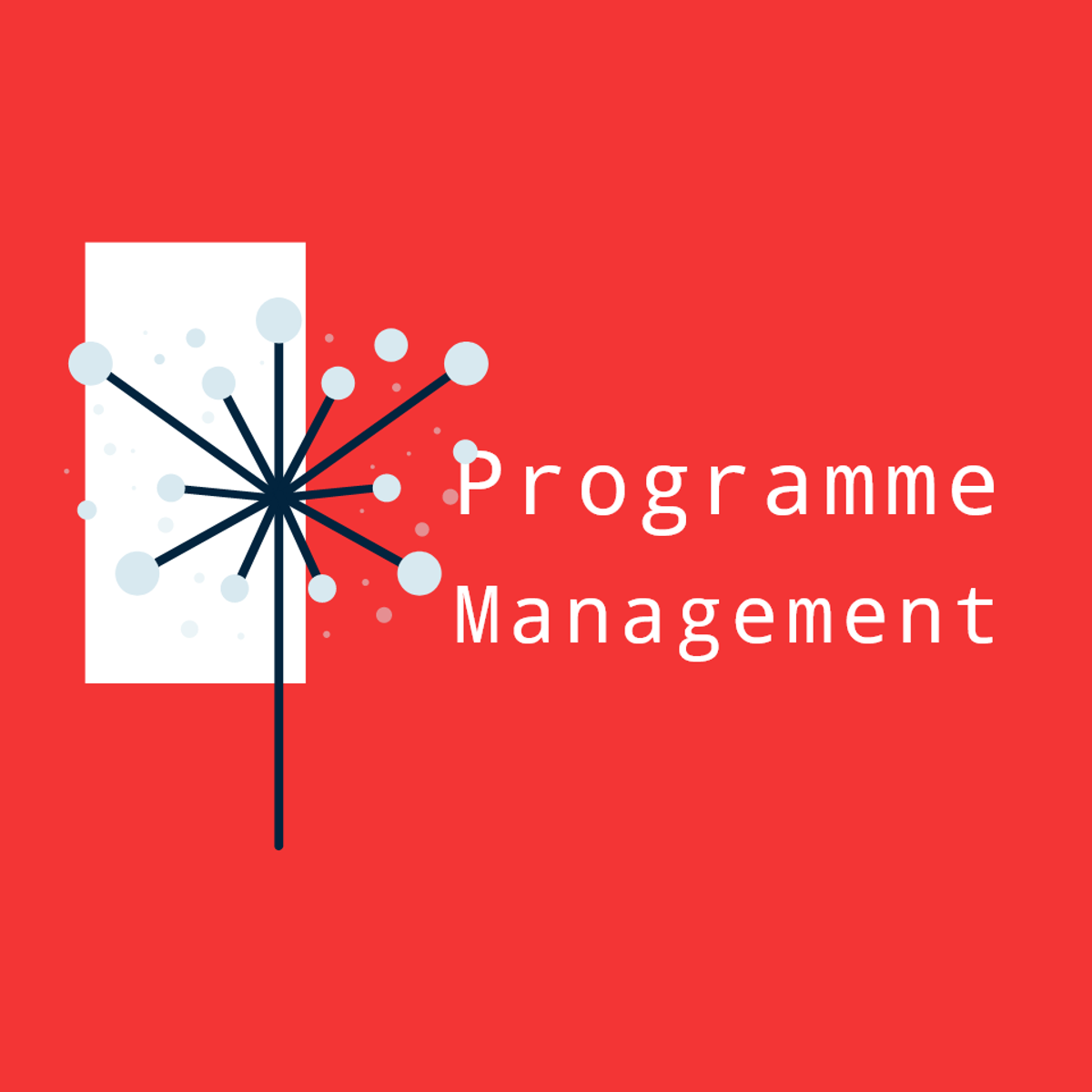Back to Courses









Business Courses - Page 57
Showing results 561-570 of 2058

Effective Sales – An Overview
Welcome to Strategic Sales Management specialization.
This specialization course focus on providing conceptual and practical guidance on sales planning and management.
The development of the specialization goes through the different phases of the sales planning process, keeping attention on the connection to the strategy of the company.
Concepts discussed in this specialization aim to support the analyses on how to plan sales in alignment with the strategic guidelines of the company. The sales functions are discussed with models and frameworks that support the planning process, which includes assumptions regarding the strategic guidelines, such as aggregate revenue targets, company’s earnings, and expected cash flow from the company’s operations. These variables are all related to the strategy of the company.
The target audience of this specialization include professionals with some experience in sales, they might have been promoted to a managing position recently, or they have plans to improve their expertise in the sales area to apply to more challenging positions in the future.
Prerequisite for this specialization is general knowledge of business concepts, models, and tools. Professionals who have concluded undergraduate courses of business administration, and also of different areas of knowledge, such as engineering, economics, accounting, and social sciences.
It’s also important to emphasize that sales involve a broad range of areas, there are products and services related to agriculture, petrochemical, automobile, aeronautics, chemical, pharmaceutical, medical, insurance, education, retail, and consulting industries, just to mention some examples. That means sales professionals are from all sectors.
Therefore, learners of different academic backgrounds may benefit from doing this specialization, which is structured to support sales planning and management from a methodological standpoint. And this approach applies to a diverse range of sectors.
The primary learning outcome of this specialization is the improvement of the sales planning and management competencies and skills, by providing a set of concepts, models, tools, and techniques to support the development of the sales plan structure, which will support the sale plan development.

Cryptocurrency and Blockchain: An Introduction to Digital Currencies
What is Cryptocurrency and how is it an innovative and effective method of currency? This course was designed for individuals and organizations who want to learn how to navigate investment in cryptocurrencies. Professors Jessica Wachter and Sarah Hammer will guide you through developing a framework for understanding both Cryptocurrency and Blockchain. You’ll learn how to define a currency, analyze the foundations of digital signatures and blockchain technology in cryptocurrency, and accurately assess the risks of cryptocurrency in a modern investment portfolio. By the end of this course, you’ll have a deep understanding of the realities of Cryptocurrency, the intricacies of Blockchain technology, and an effective strategy for incorporating Cryptocurrency into your investment plans. No prerequisites are required, although "Fintech: Foundations, Payments, and Regulations" from Wharton's Fintech Specialization is recommended.

Accounting: Principles of Financial Accounting
Financial Accounting is often called the language of business; it is the language that managers use to communicate the firm's financial and economic information to external parties such as shareholders and creditors. Nobody working in business can afford financial illiteracy. Whether you run your own business, work as a manager or are just starting your career, you want to understand financial information and be able to interact with accountants, controllers, and financial managers. You want to talk business!
This course will provide you with the accounting language's essentials. Upon completion, you should be able to read and interpret financial statements for business diagnosis and decision-making. More importantly, you will possess the conceptual base to keep learning more sophisticated accounting and finance on your own. Do not forget that, as with any other language, becoming proficient with accounting requires constant practice.

Program Management Benefits Planning in ClickUp
By the end of this guided project, you will be fluent in creating Program Benefits artefacts for the Planning Phases for diverse programs. You will utilise a logical diagramming plan in an agile environment to develop the solution. This will enable you to identify and classify the required components for benefits identification and planning. Furthermore, it will help develop a structural model for learning about the field of Program Management.
If you are interested in building up the knowledge leading to this guided project, the following is the link to:
[ Developing Programme Management Blueprint with ClickUp]
https://www.coursera.org/projects/program-blueprint
This Guided Project is essential for individuals wanting to learn about the field, or looking to transition into working in Program Management. This guided project is designed to engage and harness your visionary and exploratory abilities. You will use proven models in an agile environment with ClickUp to engage in a hands-on learning experience.

Consulting Tools and Tips
This is the #4 course in the specialization on management consulting.
Management consultants are quick learners. When you first join a generalist consulting firm, you are expected to learn core consulting skills and will likely be staffed on projects across industry and functions. You might be on a chemicals pricing project, then a retail cost-reduction project. It’s critical that you learn “how to get smart quickly” and ask smart questions. At the same time, you should develop an armory of tools to create data through client interviews, surveys, benchmarking, and observations.

How to Draw with the Pencil Tool in Adobe Illustrator
Adobe Illustrator can be a useful tool in creating digital graphics, but it can also be an overwhelming program to learn how to use. In this guided project, learners will walk through a step by step process to gain the basics of using the Pencil tool in Adobe Illustrator.
First, learners will prepare to use the pencil tool by learning the general uses and techniques for using the Pencil Tool. Then, learners will walk through the basics of the tool itself and what it can do. Next, learners will begin to edit the segments drawn by the Pencil Tool. Finally, learners will be guided to draw a basic, and then a more advanced design with the Pencil Tool in Adobe Illustrator. Learners will finish this guided project with the skills to draw many hand-drawn designs with the Pencil Tool.

The Power of Machine Learning: Boost Business, Accumulate Clicks, Fight Fraud, and Deny Deadbeats
It's the age of machine learning. Companies are seizing upon the power of this technology to combat risk, boost sales, cut costs, block fraud, streamline manufacturing, conquer spam, toughen crime fighting, and win elections.
Want to tap that potential? It's best to start with a holistic, business-oriented course on machine learning – no matter whether you’re more on the tech or the business side. After all, successfully deploying machine learning relies on savvy business leadership just as much as it relies on technical skill. And for that reason, data scientists aren't the only ones who need to learn the fundamentals. Executives, decision makers, and line of business managers must also ramp up on how machine learning works and how it delivers business value.
And the reverse is true as well: Techies need to look beyond the number crunching itself and become deeply familiar with the business demands of machine learning. This way, both sides speak the same language and can collaborate effectively.
This course will prepare you to participate in the deployment of machine learning – whether you'll do so in the role of enterprise leader or quant. In order to serve both types, this course goes further than typical machine learning courses, which cover only the technical foundations and core quantitative techniques. This curriculum uniquely integrates both sides – both the business and tech know-how – that are essential for deploying machine learning. It covers:
– How launching machine learning – aka predictive analytics – improves marketing, financial services, fraud detection, and many other business operations
– A concrete yet accessible guide to predictive modeling methods, delving most deeply into decision trees
– Reporting on the predictive performance of machine learning and the profit it generates
– What your data needs to look like before applying machine learning
– Avoiding the hype and false promises of “artificial intelligence”
– AI ethics: social justice concerns, such as when predictive models blatantly discriminate by protected class
NO HANDS-ON AND NO HEAVY MATH. This concentrated entry-level program is totally accessible to business leaders – and yet totally vital to data scientists who want to secure their business relevance. It's for anyone who wishes to participate in the commercial deployment of machine learning, no matter whether you'll play a role on the business side or the technical side. This includes business professionals and decision makers of all kinds, such as executives, directors, line of business managers, and consultants – as well as data scientists.
BUT TECHNICAL LEARNERS SHOULD TAKE ANOTHER LOOK. Before jumping straight into the hands-on, as quants are inclined to do, consider one thing: This curriculum provides complementary know-how that all great techies also need to master. It contextualizes the core technology, guiding you on the end-to-end process required to successfully deploy a predictive model so that it delivers a business impact.
LIKE A UNIVERSITY COURSE. This course is also a good fit for college students, or for those planning for or currently enrolled in an MBA program. The breadth and depth of the overall three-course specialization is equivalent to one full-semester MBA or graduate-level course.
IN-DEPTH YET ACCESSIBLE. Brought to you by industry leader Eric Siegel – a winner of teaching awards when he was a professor at Columbia University – this curriculum stands out as one of the most thorough, engaging, and surprisingly accessible on the subject of machine learning.
VENDOR-NEUTRAL. This course includes illuminating software demos of machine learning in action using SAS products. However, the curriculum is vendor-neutral and universally-applicable. The contents and learning objectives apply, regardless of which machine learning software tools you end up choosing to work with.

Identifying, Attracting, and Growing Your Digital Audience
Welcome to Course 1 of the E-Marketing Specialization: Identifying, Attracting, and Growing Your Digital Audience. In this course, we will begin with a brief introduction to digital marketing and how a brand’s identity is closely linked to its digital presence. We will explore strategies to identify, grow, and maintain an online audience to help achieve your marketing goals.
You are highly encouraged to use this course experience to begin building a digital marketing plan for your current or future business. The activities in this course are all designed to guide you through different sections of a digital marketing plan.
Our learning goals for this course are to:
- Recognize the current landscape of the digital business environment.
- Develop an audience persona based on a target audience.
- Identify strategies to define, attract, and engage your audience online.
- Review an e-commerce experience and discuss how to improve customer experience.
- Compare social networks and develop a social media strategy designed to meet your marketing goals and objectives.

Getting Started with Microsoft PowerPoint
By the end of this project, you will learn the functions and features of the free online version of Microsoft PowerPoint. You will learn the basics of what it takes to operate Microsoft PowerPoint. You’ll explore the interface and go over the slide editing tools that include: designing slides, formatting text, and inserting content. This project will prepare you to create your first slideshow presentation of many.

Channel Management and Retailing
Understand how channel management and retailing can improve performance in your business. Nowadays, a distribution strategy is part of the DNA of many companies and a correct channel management is key for the success of your product. Distribution plans need to be prepared for the long run, combining the following main areas: company profile, portfolio structure and price positioning, go-to-market policy, trade and retail marketing, e-commerce and global retail management.
In the last decade, there have been two main revolutions that have affected industries, increasing the importance of Distribution Channel Management Profesor Maria Teresa Aranzabal guides you through: The IT revolution: considering developments in CRM, supply chain, planning tools, merchandise and reallocation systems, amongst others; and the retail focus: how a clear retail strategy can be a differentiator for companies and a strong weapon of competitiveness.
In this course you will learn how to stay up-to-date on how companies are adding these aspects to their main strategic guidelines and making them key points in their managerial decision-making process. We use interviews with industry experts and give real-life examples of how to ensure your business makes the most of this vital area of marketing.
Popular Internships and Jobs by Categories
Browse
© 2024 BoostGrad | All rights reserved


